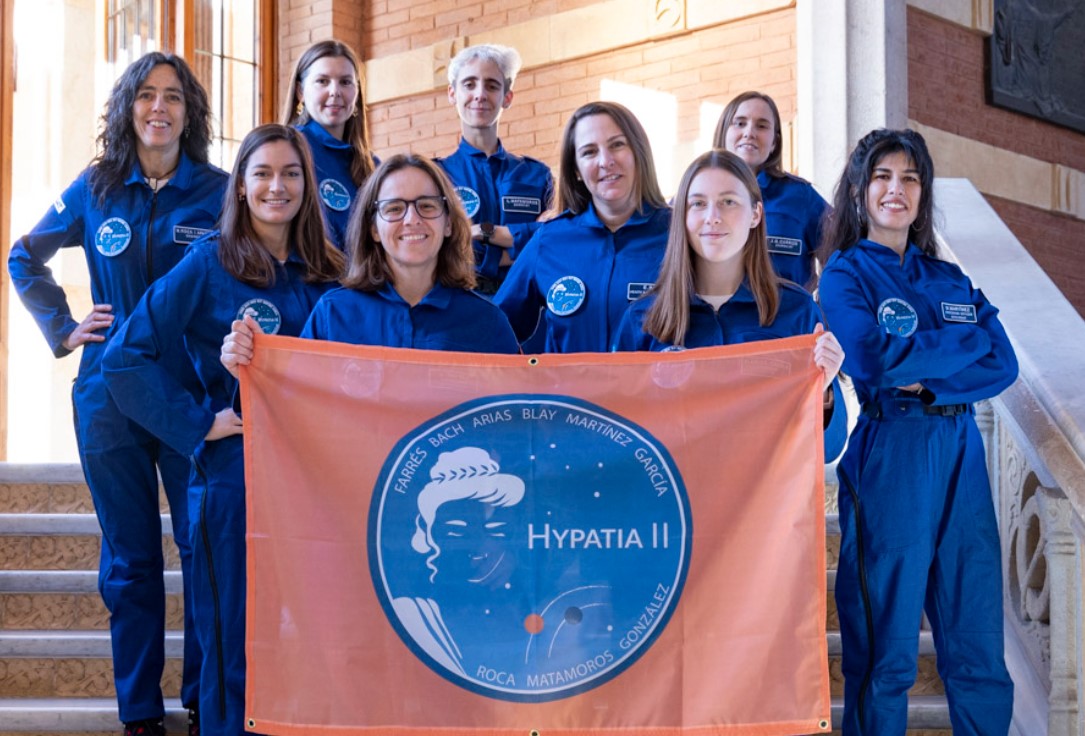The Hypatia II mission, led by Spanish scientists, has demonstrated that menstrual blood has significant potential as a fertilizer for producing food from green shoots on Mars.
This discovery makes it possible for women to travel into space without disrupting their menstrual cycles. Furthermore, the mission demonstrates that menstrual blood is not a “burden” that generates waste like sanitary pads or tampons. Rather, the blood collected in the menstrual cup has the potential to serve as a fertilizer. It’s also worth noting that Hypatia II is the first initiative in which astronauts have used a menstrual cup during a simulated mission.
“Menstrual blood is an effective natural fertilizer,” geologist Marina Martínez told the EFE news agency. During the mission, the blood of two crew members was reused as natural plant fertilizer. Preliminary results from experiments conducted in a legume seedbed showed that a solution of menstrual blood and water in a glass container produced a greater number of roots and germinated faster than the untreated solution.
🚀 Missió @hypatia_mars II: Tornada de Mart!
— Institut d'Estudis Espacials de Catalunya (IEEC) (@IEEC_space) April 23, 2025
Les astronautes anàlogues d’#HypatiaII🌌
compartiran la seva experiència i descobriments després d’una missió simulada a #Mart a l’estació @MDRSupdates (Utah, EUA).
Van viure en aïllament, amb recursos limitats i entorns extrems per… pic.twitter.com/bSDIKKfUn7
“It’s surreal, but so far, there hasn’t been a scientific study that has actually investigated whether menstrual blood is an effective natural fertilizer,” says Martínez. She emphasizes the “valuable” of having green shoots as a food source during missions where astronauts only have dehydrated food available.
Communicator Jennifer García Carrizo tells EFE that the masculinized view of science has led astronauts to artificially suppress their periods using hormonal methods in the past to avoid non-recyclable waste from tampons or sanitary pads. Thanks to this mission, menstruation during a space mission could now occur, as the astronauts used the menstrual cup in a simulated mission.
Another area of research was to analyze whether there are gender biases in the impairment of women’s bodies under conditions simulating life on Mars.
The crew members took anthropometric measurements before and after their stay in the Utah desert to examine the effects of the analog mission—with mobility and food restrictions—on body composition. The study found that the women maintained their weight and strength despite losing muscle mass.




